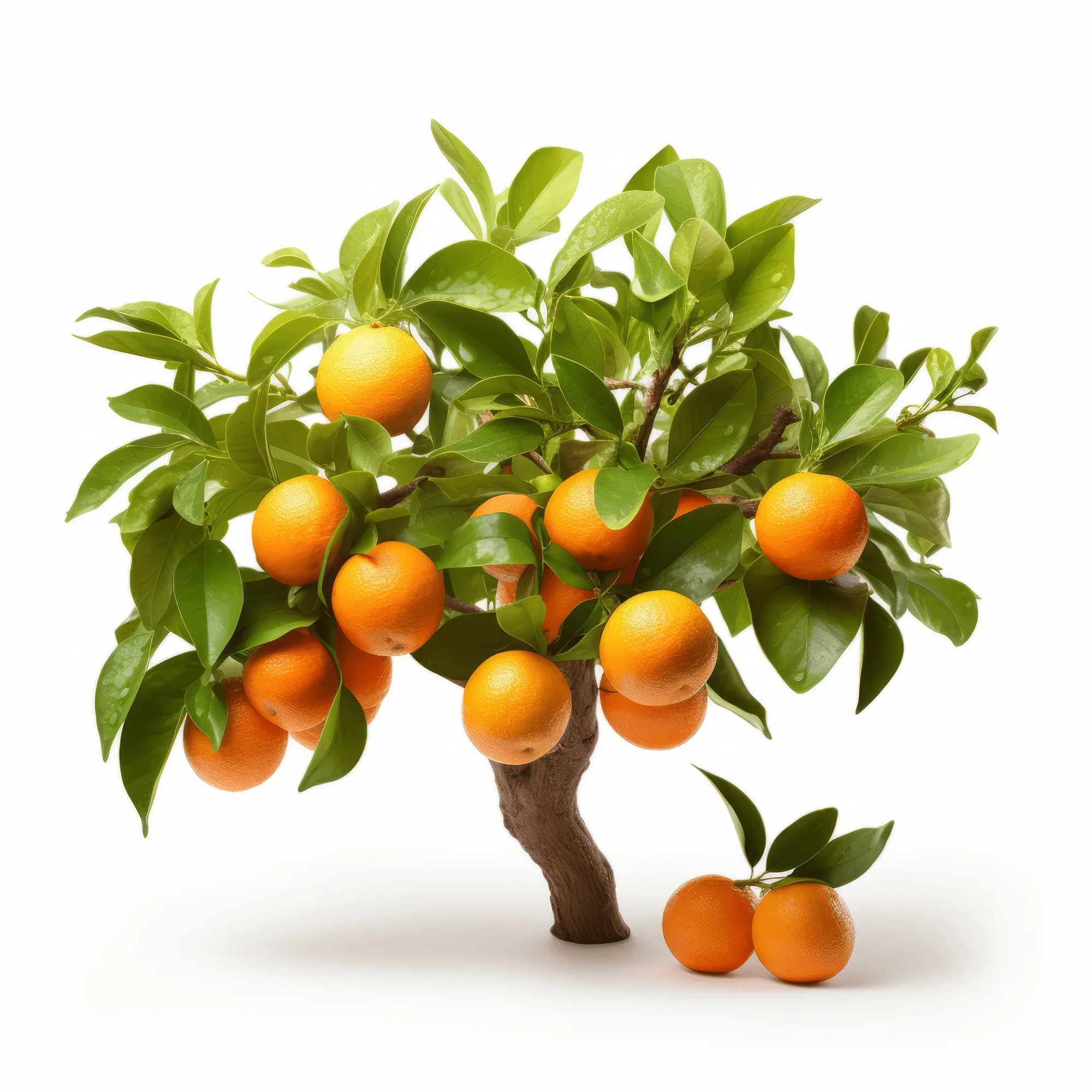he structure of an article sets the foundation for successful communication. Organizing content properly can enhance readability, comprehension, and SEO rankings. A well-crafted introduction draws readers in and provides a roadmap for what’s to come.
A well-written article with relevant keywords can help search engines understand the main subject of your content, leading to better rankings. It goes without saying that you can and should add relevant links to your content to provide additional information or references. Use bold/strong settings to highlight important text which you want to emphasize for your reader. You can also use italic/emphasis tags to emphasize something specific, adding subtle highlights to your text.
Link to your products
Search engines like to see your content linked with your products — the more “reciprocated connections” your products and content have, the better. So ideally your product links to some of your content, and that content links back to your product!
This is pretty easy in the product templates: you can use the theme editor to display a slideshow or a grid of featured blog posts (which could be a “blog” of FAQs or “Getting started” documentation).
But what about in your blog posts?
We’ve built an awesome little Easter egg functionality which you might have already stumbled accross. If you link to a product in your store — like this — you’ll get a fancy little tooltip to promote your product and allow for it to easily be added to your cart. Sweet!
Add as many as you want! Here’s another example, and another, and another! All of these featured products will also slide into your article sidebar. And of course you can turn this setting off as needed.
Use headings and subheadings
Headings and subheadings are instrumental in organizing content. They allow readers to quickly scan the article and locate the information they need. From an SEO perspective, search engines use headings to identify the hierarchy and content of your page, so including keywords in your headings can improve your SEO ranking.
Using various levels of headings fromto ensures that your content flows logically, providing a coherent reading experience.
Write clear paragraphs
Paragraphs break up the text into digestible chunks, making it easier for readers to absorb information. Effective paragraphs contain clear, concise sentences that convey one main idea. This focus on clarity not only benefits readers but can also signal relevance to search engines.
Using transitional phrases and varying sentence length keeps the writing engaging, enhancing the reader’s experience.
Use lists effectively
Using HTML lists effectively can greatly enhance the structure and readability of your content. Not only do they provide a clear visual hierarchy, aiding in user comprehension, but they also hold significant SEO value by allowing search engines to better understand the organization of your information.
Unordered lists
When it comes to structuring content, unordered HTML lists are a powerful tool that shouldn’t be overlooked. These lists, marked by bullet points, offer a distinct visual separation of items, making information easy to scan and comprehend. Moreover, they contribute to a seamless user experience and can boost SEO rankings by presenting content in a clear and organized manner.
- Use bullets to present information informally.
- This is great for summarizing key points.
- Be sure to emphasize clarity by breaking items into the smallest point possible!
Unordered lists help break down information, improving readability. They can also contribute to SEO if they include keywords or valuable content that search engines can index.
Ordered lists
Ordered HTML lists, denoted by sequential numbering or lettering, are invaluable for presenting information in a systematic and easy-to-follow manner. They provide a natural progression, making complex concepts or step-by-step instructions more digestible for readers. Additionally, search engines appreciate the structured format, potentially boosting your content’s visibility in search results.
- Ordered lists use numbers to present a sequence or rank items.
- Ordered lists guide the reader through a process.
- These can help add clarity to more complex processes.
Ordered lists can clarify steps in a process or rank items in importance, aiding both comprehension and SEO by providing well-structured content.
- Ordered lists use numbers to present a sequence or rank items.
- Nesting is awesome too;
- And can help clarify your main point even more.
- This is a great way to add nuance, details, or citation.
- Ordered lists guide the reader through a process.
- These can help add clarity to more complex processes.
Mix of ordered and unordered lists
You can also mix your list types if it helps present information. Here’s an an ordered list within an unordered list:
- This is great for summarizing key points.
- And can be a very helpful way of structuring your arguments more clearly.
- Nesting like this is great too;
- And can help clarify your main point even more.
- This is a great way to add nuance, details, or citation.
- Be sure to emphasize clarity by breaking items into the smallest point possible!
And here’s an an unordered list within an ordered list:
- This is great for summarizing key points.
- And can be a very helpful way of structuring your arguments more clearly.
- This is great for summarizing key points.
- Nesting like this is great too;
- And can help clarify your main point even more.
- This is a great way to add nuance, details, or citation.
- Be sure to emphasize clarity by breaking items into the smallest point possible!
Include tables for data presentation
Incorporating tables into your content can be a game-changer for effectively presenting data. Tables offer a concise and organized way to showcase information, making it easier for readers to grasp complex sets of data at a glance. Not only does this enhance user experience, but it also contributes positively to SEO efforts by providing search engines with well-structured, easily navigable content.
| Row title | Column one | Column two | Column three |
|---|---|---|---|
| Row 01 | Tables can be a very helpful way of breaking down an idea. | Or showing data! | Help users find the information they’re looking for. |
| Row 02 | Tables can be a very helpful way of breaking down an idea. | Or showing data! | Help users find the information they’re looking for. |
| Row 03 | Tables can be a very helpful way of breaking down an idea. | Or showing data! | Help users find the information they’re looking for. |
| Row 04 | Tables can be a very helpful way of breaking down an idea. | Or showing data! | Help users find the information they’re looking for. |
Tables present data efficiently and can make complex information more accessible. Properly tagged tables are not only user-friendly but also SEO-friendly, as search engines can crawl and index the information within them.
Ensure your tables are appropriately labeled with headings, and consider including a caption to describe the content for better accessibility and SEO optimization.
Utilize images and videos
Integrating images and videos into your content is a powerful strategy to engage and inform your audience. Visual elements not only break up text, making it more digestible, but they also enhance the overall user experience by providing context and illustration. From an SEO perspective, well-optimized images and videos can improve the accessibility and relevance of your content.





